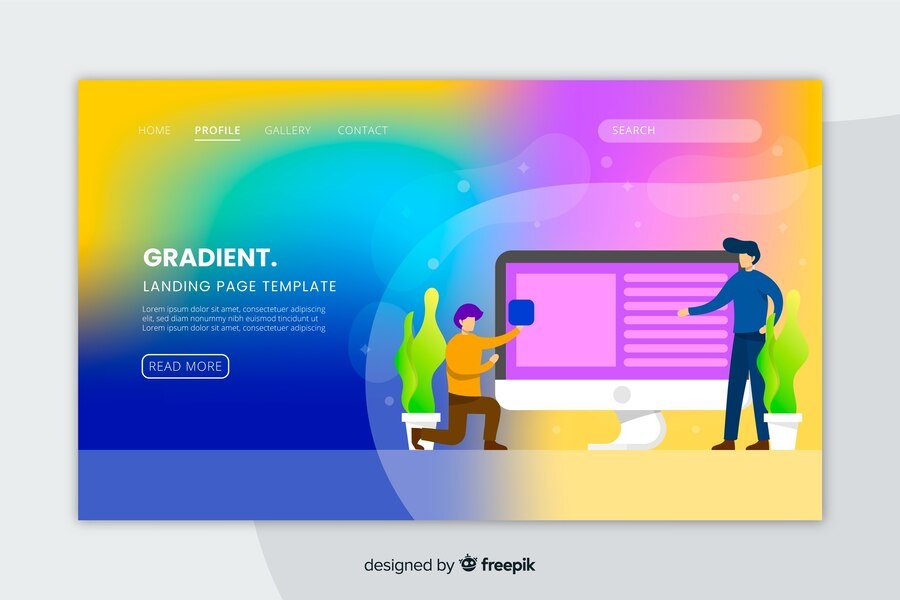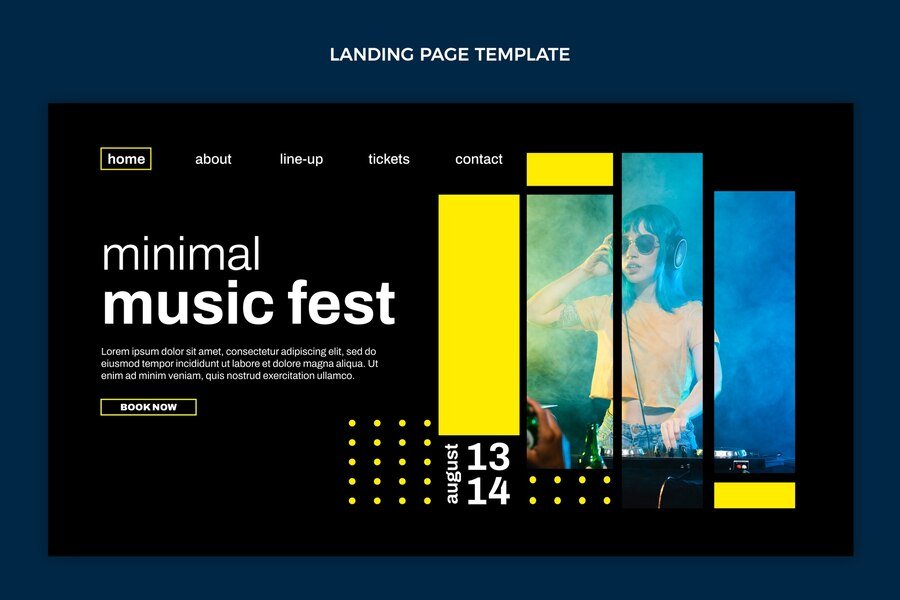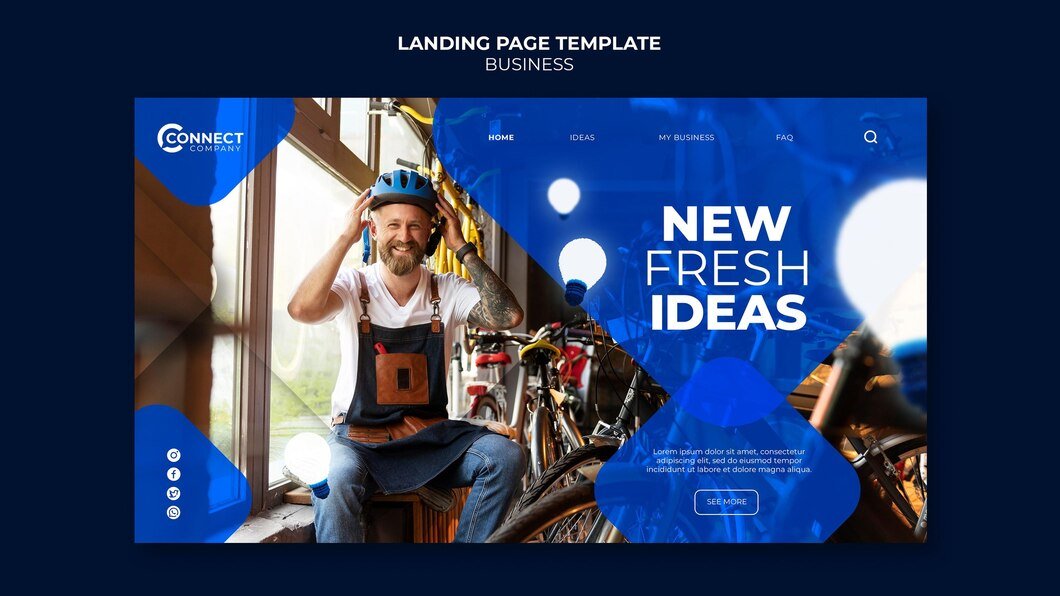In the ever-evolving landscape of digital marketing, businesses continuously seek innovative methods to engage their audience and drive sales. Among these methods, whiteboard animation has emerged as a powerful tool. This case study delves into how a strategic implementation of whiteboard animation significantly boosted our client’s sales, highlighting the process, challenges, and results.
Background
Our client, a mid-sized e-commerce company specializing in health and wellness products, faced a common challenge: stagnant sales growth. Despite investing in various marketing strategies, they struggled to differentiate themselves in a saturated market. The company’s website had a high bounce rate, and their conversion rates were below industry averages. They needed a fresh, compelling approach to captivate their audience and communicate their value proposition effectively.
Objective
The primary objective was to enhance user engagement, reduce bounce rates, and ultimately increase sales. To achieve this, we aimed to:
- Simplify the explanation of complex products.
- Create an engaging visual experience.
- Improve the overall conversion rate.
Why Whiteboard Animation?
Whiteboard animation is known for its ability to simplify complex concepts and make content more engaging. It combines visual storytelling with clear and concise narration, making it easier for viewers to understand and retain information. Studies have shown that whiteboard animations can increase viewer retention by up to 15% compared to traditional video content. This makes it an ideal choice for explaining intricate health and wellness products.
Strategy and Implementation
1. Understanding the Target Audience
Before creating the animation, we conducted extensive research to understand the client’s target audience. This involved analyzing customer demographics, preferences, pain points, and buying behavior. We discovered that the target audience was primarily health-conscious individuals aged 25-45, who often felt overwhelmed by the plethora of product choices and health information available online.
2. Crafting the Script
A compelling script is the backbone of an effective whiteboard animation. We collaborated with the client’s product experts to craft a script that was both informative and engaging. The script was designed to address common customer pain points, highlight the unique benefits of the client’s products, and include a clear call to action.
3. Storyboarding
Once the script was finalized, our team created a storyboard to visualize the animation. The storyboard outlined each scene, detailing the visuals and transitions that would accompany the narration. This step was crucial in ensuring that the animation would flow seamlessly and maintain viewer interest throughout.
4. Production
The production phase involved creating the actual animation. Our team of skilled illustrators and animators brought the storyboard to life, using simple yet impactful drawings to convey the script’s key messages. The use of hand-drawn illustrations added a personal touch, making the animation more relatable and engaging.
5. Voiceover and Sound Design
A professional voiceover artist was hired to record the narration, ensuring clarity and consistency in tone. Background music and sound effects were carefully selected to complement the visuals and enhance the overall viewing experience. The goal was to create an immersive experience that would hold the viewer’s attention from start to finish.
6. Integration and Distribution
After finalizing the animation, it was integrated into the client’s website, prominently featured on the homepage and product pages. Additionally, we developed a comprehensive distribution strategy, leveraging social media platforms, email marketing, and online advertising to maximize reach and visibility.
Results
The implementation of the whiteboard animation yielded impressive results, significantly surpassing our initial expectations. Here’s a detailed breakdown of the key metrics:
1. Increased User Engagement
The animation captivated viewers, leading to a substantial increase in time spent on the website. The average session duration increased by 40%, indicating that users were more engaged and interested in the content.
2. Reduced Bounce Rate
By effectively communicating the value of the client’s products, the animation helped reduce the bounce rate by 35%. Visitors were more inclined to explore the website further, increasing the likelihood of conversion.
3. Higher Conversion Rates
The most significant impact was observed in conversion rates. The whiteboard animation effectively addressed customer pain points and provided clear solutions, leading to a 25% increase in conversion rates. This translated into a significant boost in sales, validating the effectiveness of the animation.
4. Positive Customer Feedback
The client received overwhelmingly positive feedback from customers who appreciated the clarity and simplicity of the animation. Many customers mentioned that the animation helped them understand the products better, influencing their purchasing decisions.
Challenges and Lessons Learned
While the whiteboard animation project was a success, it was not without its challenges. Here are some key lessons learned:
1. Importance of a Clear Script
A well-crafted script is crucial for the success of a whiteboard animation. It should be concise, engaging, and focused on the key messages. Investing time in script development paid off significantly in this project.
2. Visual Consistency
Maintaining visual consistency throughout the animation is essential. Any inconsistencies can distract viewers and undermine the effectiveness of the message. Our meticulous storyboarding process helped ensure visual coherence.
3. Professional Voiceover
A professional voiceover can make a significant difference in the overall impact of the animation. It adds credibility and helps maintain viewer interest. Hiring a skilled voiceover artist was a worthwhile investment.
4. Distribution Strategy
Creating a great animation is only half the battle; an effective distribution strategy is equally important. Leveraging multiple channels to distribute the animation maximized its reach and impact.
Conclusion
This case study highlights the transformative power of whiteboard animation in digital marketing. By simplifying complex concepts and creating an engaging visual experience, the whiteboard animation significantly boosted our client’s sales. The project’s success underscores the importance of understanding the target audience, crafting a compelling script, and ensuring high production quality. For businesses looking to enhance their marketing efforts, whiteboard animation offers a highly effective solution to drive engagement and increase conversions













